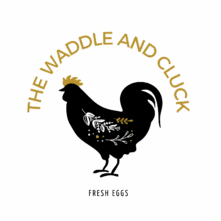There are seven kinds of bats in our area. This week’s note is about the beautiful red bat. I love bats, especially red bats.
The red bat occurs from the Midwest eastward and is widespread throughout Oklahoma. The tiny bats are reddish brown with white patches on their wrists (seen in the photo of the three pups). Males are a brighter red than females. The ears are small and rounded. The bats are solitary and roost high in trees during the daytime, unlike colonial bats that roost in caves or other structures by the hundreds or thousands. Most female bats have two nipples and have one pup. Red bats have four nipples and will have several pups.

Until recently it was not known what red bats did during winter. Most bats migrate south or hibernate in caves. The red bat doesn’t migrate but buries itself in the leaf litter beneath the tree where it spends its daylight hours. It doesn’t really hibernate but enters a state of torpor (deep sleep) and can awaken on a warm winter night and fly about seeking insects.

The red bat is small and secretive, and few have seen them in the wild. For five years, Becky found red bats high in our American elm trees. One bat was seen for three years in the same tree on the same branch. Red bats are tiny, the size of an elm leaf, so it takes keen eyesight to spot one and realize it’s not just a dead leaf.
Growing up in Africa, we had straw-colored fruit bats in the mango trees. It’s the most widespread of the large African bats. The bats fed on mangos and other fruit, not insects like most bats. The straw-colored fruit bat is quite common in sub-Saharan Africa. The bat’s name comes from its silky yellowish or straw-colored fur. It is 6-9 inches long and has a wingspan of 30 inches.











